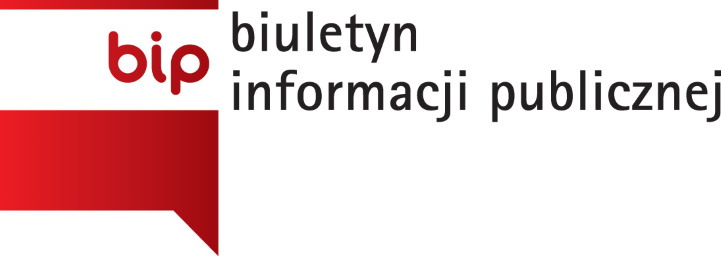Blotting sand container
karta katalogowa kolekcji
Rzemiosło artystyczne
Germany, Meissen
1st half of 19th century (?)
Porcelain, cobalt, gilding
Ø 10.8 x 7.7 cm
Marks: in the centre of the bottom on an unglazed base crossed swords in cobalt, below in gold 55., along the edge impressed I.
Wil.784
Young owners of ball point pens and computer printers might find it difficult to imagine that the pens used by their parents and grandparents, with a regulated flow of the ink, were not patented until 1884. Thanks to an invention by Lewis Waterman fears that an almost written page could become illegible as a result of an unplanned blot finally vanished. Earlier, and in the first half of the twentieth century, universal use was made of nib and penholder, dipped in an inkwell. Previous generations coped with a fragile quill, which had to be sharpened. At the beginning of the nineteenth century, 30 mln goose feathers were imported to England in a single year. Drying a freshly written page called for fine sand, kept in a special vessel that was part of an inkstand. The forms of the two vessels in Wilanów, devised probably in the mid-eighteenth century, were used in Meissen as late as the twentieth century; they were also applied by other Saxon, Thuringian and Berlin producers.
Barbara Szelegejd
Polecane

Queen Marie Casimire’s Correspondence
The little “d’Arquien”, born French and nicknamed Marysieńka [Little Mary] apparently by Polish ladies-in-waiting, had a good command of the …

On old Polish diaries
XVII century was the time of strong development of diary writing, which in the previous century only began to form …

Astrea and Celadon, or the Letters of Jan Sobieski and Marysieńka
In August and September, Jan Sobieski, the great standard-bearer of the Crown, was passionately devouring French romances. He eagerly read …

















